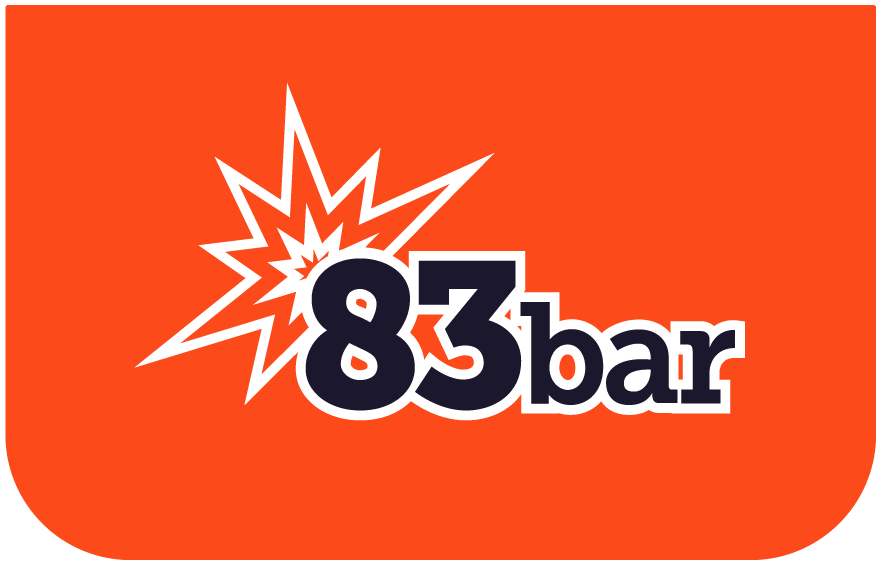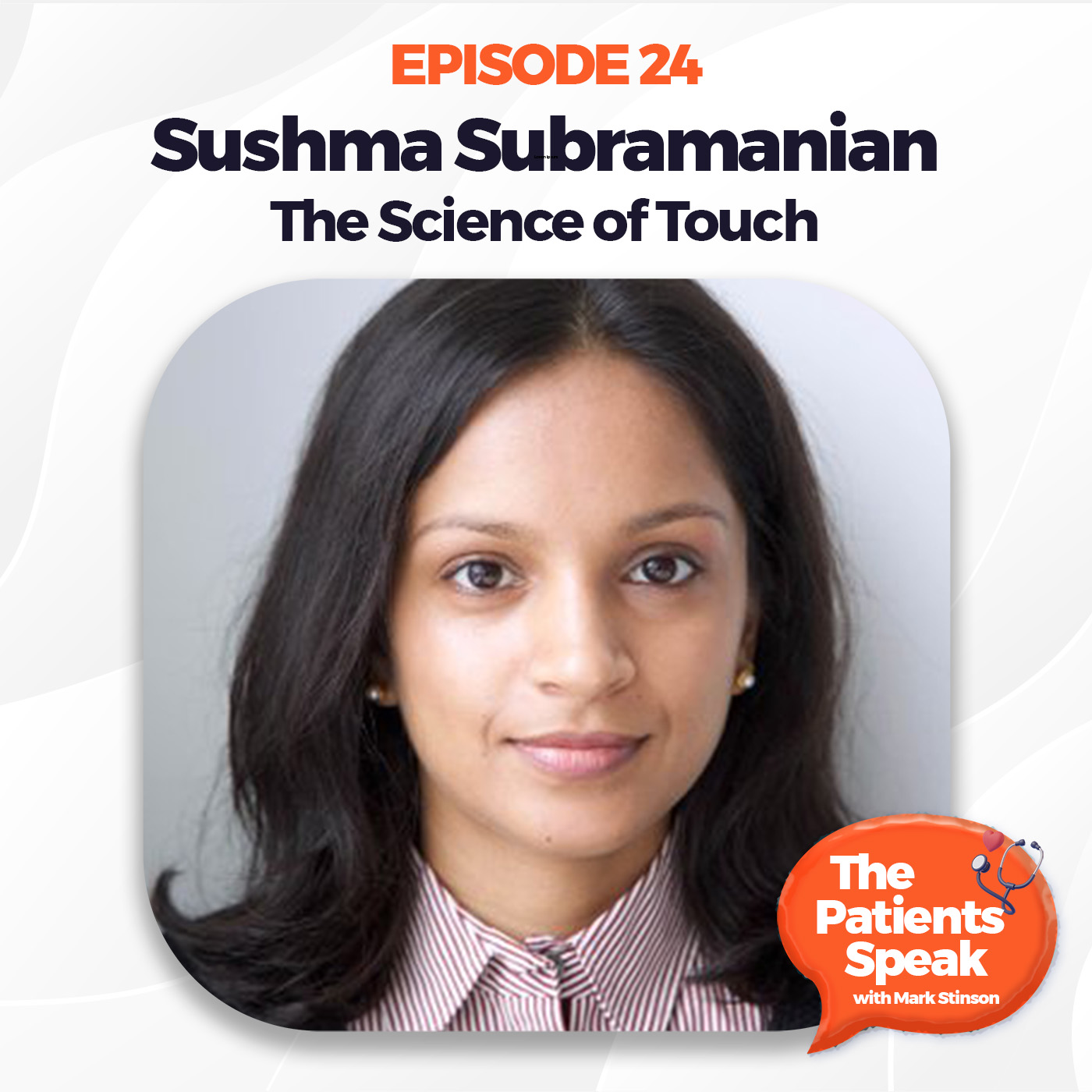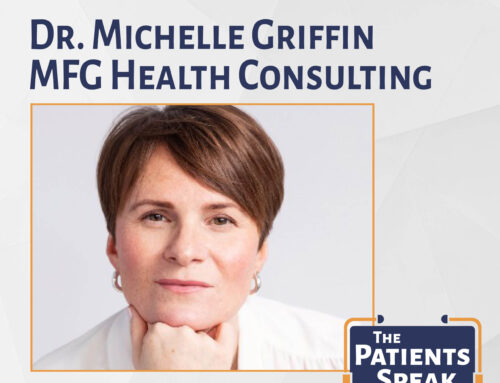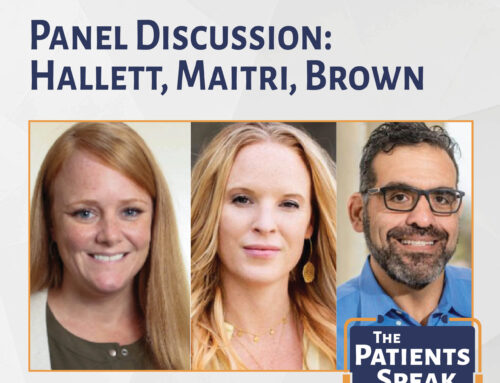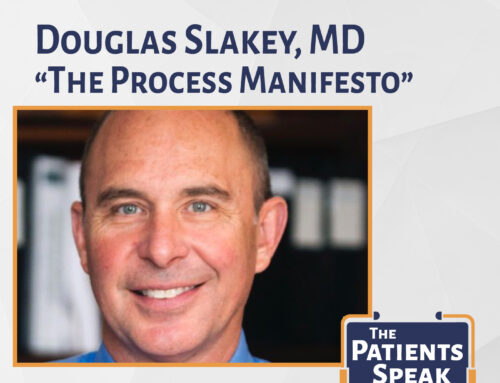Touch as a listening tool: an interview with Sushma Subramanian
In a world where we’re increasingly reliant on technology to communicate, it’s easy to forget the importance of face-to-face interaction. But as Sushma Subramanian reminds us, touch is an essential part of communication that can often be overlooked.
As a healthcare provider, medical marketer, or pharma executive, you know that building trust and rapport with patients is key to providing successful care. And as Subramanian explains, touch can be a powerful way to connect with others and create a bond of trust.
Read on to learn more about the role of touch in communication, and how you can use it to build better relationships with your patients!
Introducing Sushma Subramanian and her work as a science journalist
Sushma Subramanian is a trailblazing science journalist whose research and teaching credentials have made her a respected expert in the field. Her work has included investigative pieces for scientific journals, research articles related to public health, and writing for well-known publications. In addition to her research accomplishments, she has also authored several books on scientific topics and garnered numerous awards for her dedication to bringing credible research to the public’s attention. As an inspiration to up-and-coming journalists, Sushma Subramanian is leading the way as a distinguished professional who has made valuable contributions to science journalism.
Describe how touch can be used as a listening tool in medical settings
Touch has a history of being an essential diagnostic tool in the medical world—from feeling a pulse to discerning heat or coldness in a patient’s skin, it is one of the first and most basic methods that have been used since ancient times. Today, modern doctors are recognizing touch as a critical way to listen to their patients, expressing and discovering issues beyond what mere words can convey. Listening through touch can help establish trust between practitioners and patients; no longer is medicine just a clinical practice focused on diagnosis without taking into consideration both the physical and emotional state of health of each individual. By paying attention not only to what the patient is saying, but also how they are saying it and how their body responds, doctors can gain invaluable insight into their overall well-being.
Share some of the benefits to patients of using touch as a listening tool
Through the use of touch, both healthcare professionals and patients can gain confidence in their ability to interact with one another. A patient who feels comfortable and respected by the clinician is more likely to be compliant with treatment recommendations and adhere to follow-up protocols. Research has found that touch can promote feelings of safety, comfort, confidence, and connection between patients and clinicians, suggesting that this communication tool should be explored for its potential positive effects on patient health outcomes.
Highlights from my interview with Sushma Subramanian about her research on haptics technology
Recently, I had the chance to interview Sushma Subramanian about her research on haptics technology and how it could profoundly benefit the veterans’ community. In particular, she highlighted how haptics technology can concentrate primarily in restoring a sense of touch that has been lost due to physical injury or age. Subramanian noted that haptics have numerous applications and are found across a variety of fields, including healthcare, aviation, and automotive, but the most powerful aspect of haptics is how it can be uniquely tailored for different needs. Through haptics-enabled communication, this innovative research area grants its users an unprecedented level of control over their environment as well as access to information through a sixth sense: touch. Subramanian’s ambition is sure to help countless veterans find renewed hope in haptics technologies.
Wrap up with some final thoughts on the importance of touch in a patient’s journey
As communications technology continues to evolve, there is no question that touch will remain a vital part of the patient journey. In fact, many clinicians are pushing for greater emphasis on the importance of patients being able to experience tactile contact with healthcare providers for the ultimate benefit of their mental and physical well-being. Despite the current limitations due to pandemic precautions, technology holds promise for restoring communications between patients and providers in exciting ways. Policymakers, healthcare advocates, and clinicians must continue supporting meaningful interaction between care providers and patients in whatever future forms they may take.
Through her work as a science journalist, Sushma Subramanian has become an expert on touch and its many applications in the medical world. Touch can be used as a listening tool to provide patients with comfort and gain insight into their condition. The benefits of using touch as a listening tool include improved patient outcomes, increased trust between doctor and patient, and reduced anxiety levels. In her book, Ms. Subramanian shares many more stories about how haptics are changing the medical field for the better. If you’re interested in learning more about this topic, I recommend picking up a copy of her book.
Thanks for listening to our podcast.
Subscribe now so you won’t miss an upcoming episode.
And please leave a review.
If you’d like to read more about well-informed healthcare consumers – along with the 83bar patient activation platform – go to www.83bar.com
Copyright 2023 83bar
